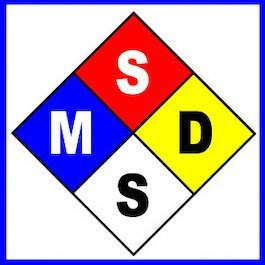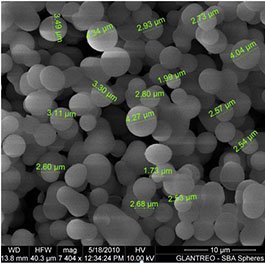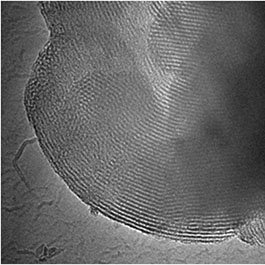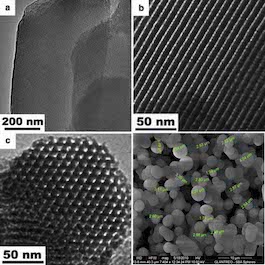MCM-41 nanoparticles are a type of mesoporous material characterized by their well-ordered, hexagonal array of uniform pores with sizes typically ranging from 2 to 10 nanometres. These nanoparticles, composed primarily of silica, offer exceptional surface area and pore volume, making them highly versatile in various applications. Their large surface area and tuneable pore size allow for efficient adsorption and delivery of molecules, making MCM-41 valuable in fields such as drug delivery, catalysis, and environmental remediation. In drug delivery, for instance, MCM-41 can be engineered to encapsulate and release therapeutic agents in a controlled manner, enhancing the efficacy and reducing side effects. Additionally, their catalytic properties improve yields and selectivity of chemical reactions. In environmental applications, MCM-41’s high surface area aids in the removal of pollutants from water and air, demonstrating its potential as a tool for addressing environmental challenges.


| MCM-41 Nanoparticles - Typical Properties | ||
|---|---|---|
| Product Diameter (nm) | 100 | |
| Functional Groups | Raw/Silanol, Amine, Thiol, Polyethyleneimine Cationic Polymer (PEI), Carboxyl | |
| Format | Powder or 1% Aqueous dispersion | |
| Surface area (m2g-1) | 900-1200 | |
| Pore geometry | Hexagonal | |
| Pore diameter (nm) | 2-4 | |
| Pore volume (cm3g-1) | 0.2-0.5 | |


